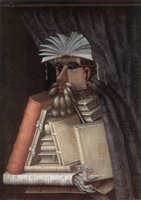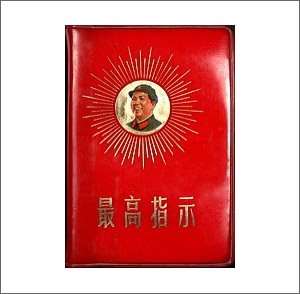
Tim Johnston,
International Herald TribuneSYDNEY: Scientists in Australia say they have found a trove of prehistoric animal bones — including those of a large marsupial lion — that provides strong evidence that it was human beings and not climate change that killed 90 percent of the continent's largest animals about 45,000 years ago.
Professor Richard Roberts, a geochemist at the University of Wollongong who dated the bones, said that by comparing the dates of the remains with evidence of rainfall at the time, the scientists established that different species had managed to survive relatively major changes in the climate.
They argue that if the Nullarbor animals were well adapted to dry conditions for at least 400,000 years before they disappeared, then it is unlikely they succumbed to Ice Age aridity.
Their conclusions deal a blow to the longstanding argument that the extinction of Australia's giant native fauna, the so-called megafauna, was caused by natural changes in the environment and not humans. "I think we can forget about that as an explanation, because they had already survived the worst that nature could throw at them," Roberts said. "But what they hadn't counted on is the arrival of a completely new species that would eat them."
He added, "The only new element was us: man."
The major extinction of Australia's megafauna between 40,000 and 50,000 years ago also coincided with the arrival of humans.
Roberts dismissed the argument that the relatively small number of people, armed with only the most basic of weapons, could not have inflicted so much damage to so many species. He said low-level hunting of animals with slow reproductive cycles, combined with the widespread use of fire to clear ground and drive animals into traps, would have been sufficient to push animal populations below a number needed to keep species viable.
Among the casualties of the megafauna were 3-meter, or 10-foot, kangaroos, Thylacoleo carnifex, or marsupial lions, the Dromornis stirtoni, the largest bird ever known — it weighed half a ton — and the rhino- sized herbivore Diprotodon optatum.





 Tim Johnston,
Tim Johnston, 

